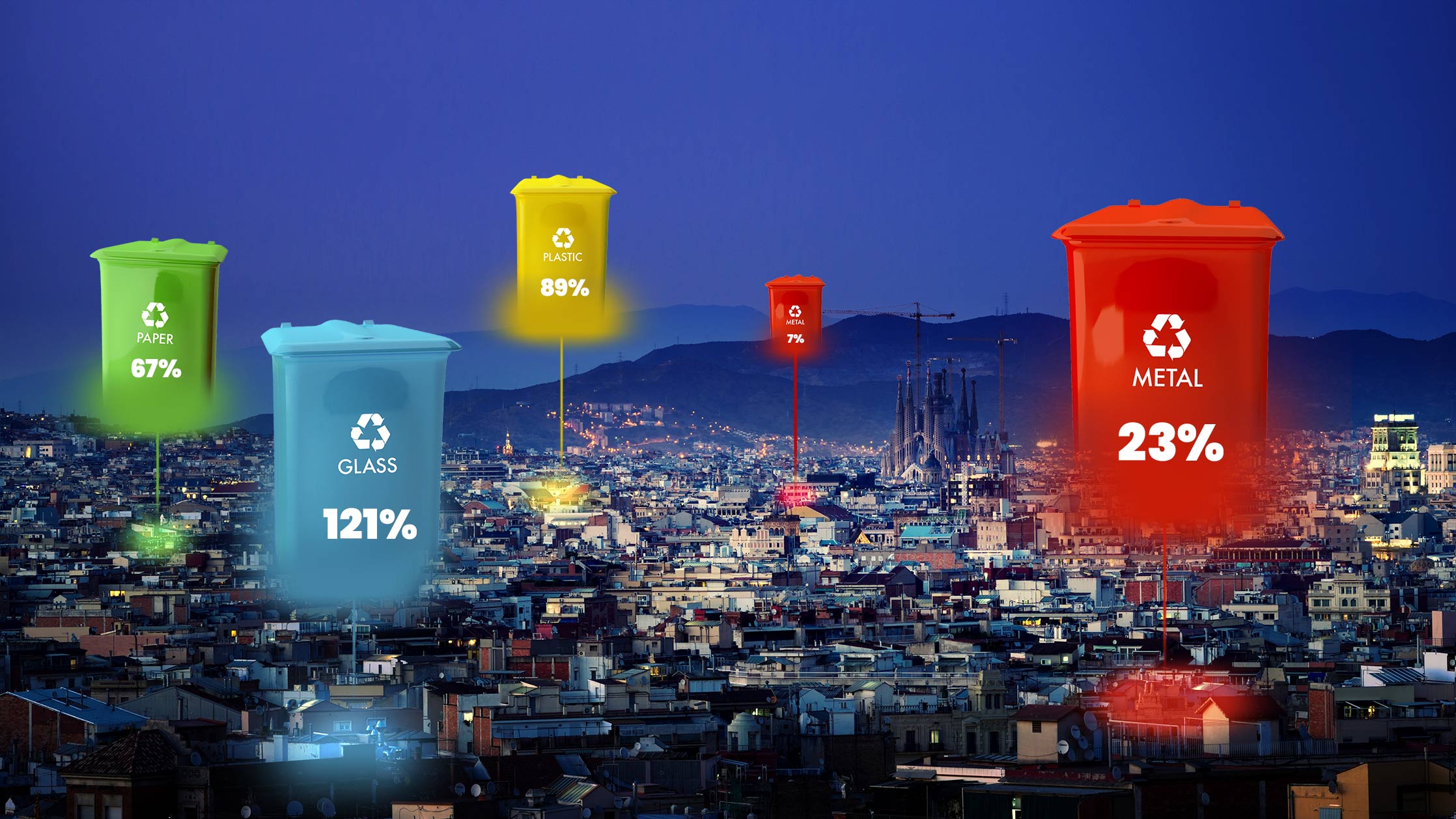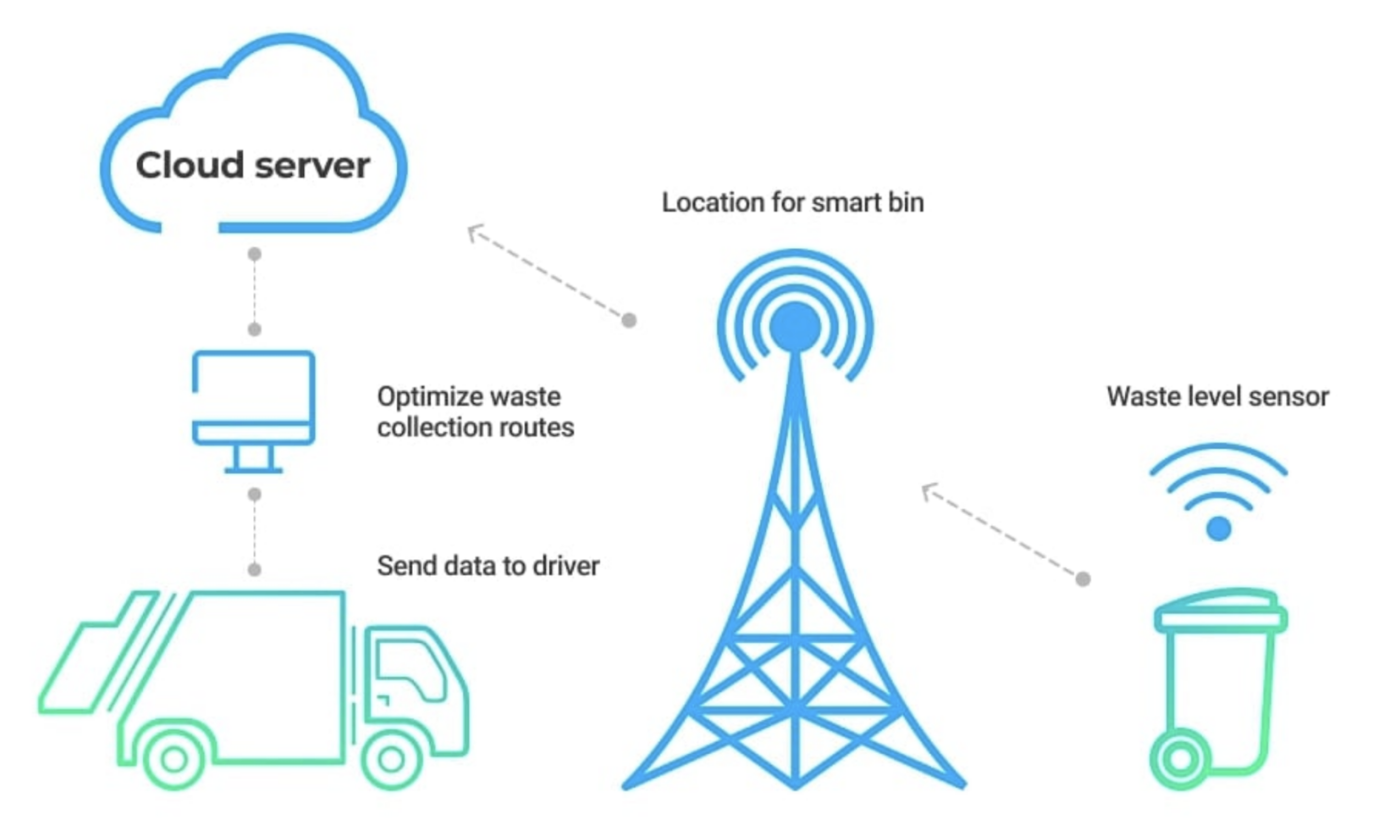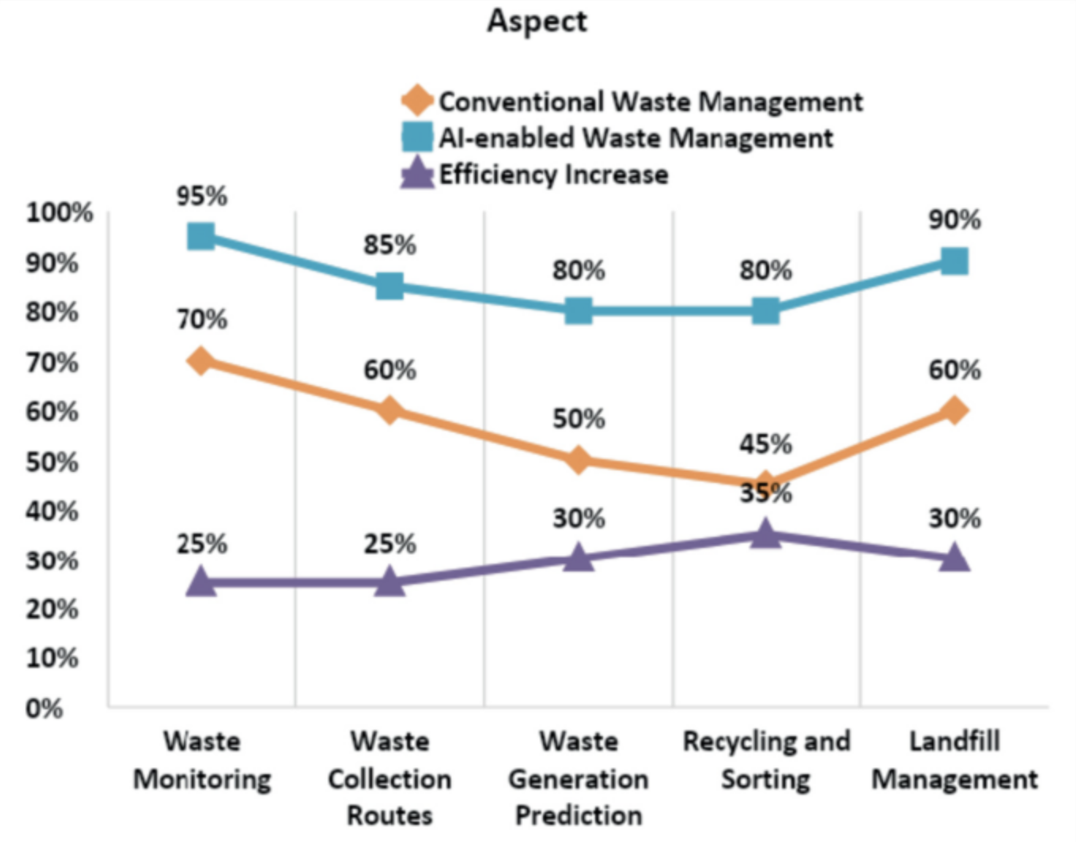
 Source: Softeq
Source: Softeq
 Efficiency gains from AI across different aspects of waste management.
Source: Springer Nature
Efficiency gains from AI across different aspects of waste management.
Source: Springer Nature
We use cookies to enhance your browsing experience, serve personalized ads or content, and analyze our traffic. By clicking "Accept All", you consent to our use of cookies.